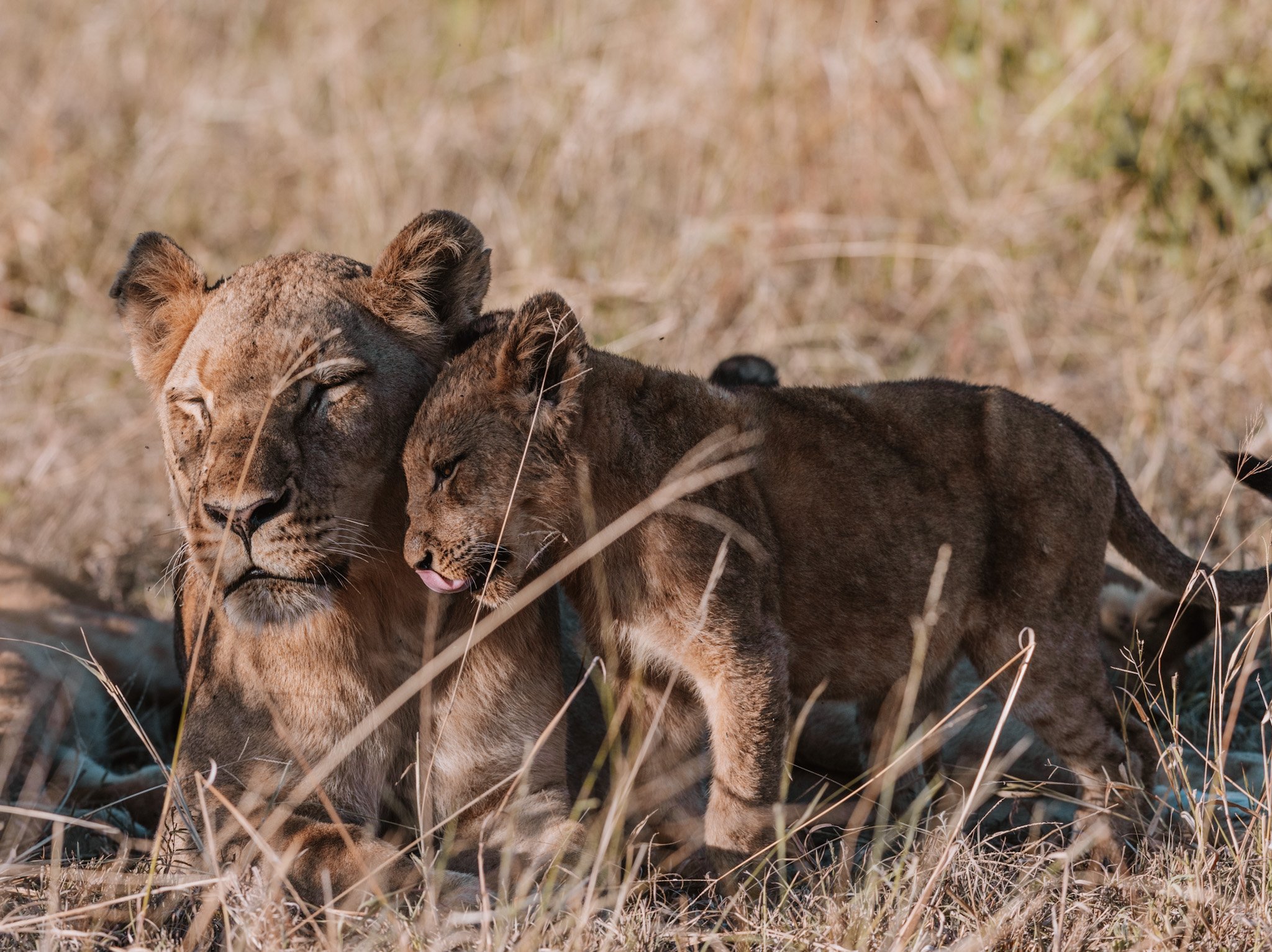Discovering Namibia's Wildlife: The Best Seasons to Visit
Namibia, a land of stunning landscapes and diverse wildlife, beckons adventurers and nature enthusiasts alike. With its vast deserts, rugged mountains, and sprawling savannas, this southwestern African country offers a unique safari experience unlike any other. Whether you're seeking encounters with majestic elephants, graceful giraffes, or elusive big cats, Namibia promises an unforgettable wildlife adventure. However, choosing the right time to visit is crucial for maximizing your wildlife sightings and overall experience. Let's explore the best seasons for visiting Namibia for wildlife viewing.
Dry Season (May to October):
May to August: As Namibia transitions from the wetter months to the dry season, wildlife congregates around water sources, making it easier to spot them. The vegetation is sparse during this period, enhancing visibility and increasing the likelihood of encountering a wide variety of animals, including elephants, lions, rhinos, and antelopes.
September to October: Towards the end of the dry season, temperatures rise, and water becomes scarcer, causing wildlife to gather around permanent waterholes and rivers. This concentration of animals creates prime opportunities for observing predator-prey interactions and witnessing the spectacle of nature unfold.
Wet Season (November to April):
November to December: With the onset of the wet season, Namibia undergoes a transformation as rain showers breathe life into the parched landscapes. Vegetation flourishes, providing ample grazing opportunities for herbivores, which, in turn, attract predators. Birdwatching enthusiasts will delight in the influx of migratory bird species during this time.
January to April: Despite occasional downpours, the wet season is a magical time to visit Namibia for wildlife enthusiasts. Lush greenery blankets the plains, and newborn animals dot the landscape as many species give birth during this period. Birdlife reaches its peak, with an abundance of species nesting and breeding in the verdant surroundings.
Factors to Consider:
Crowds: The dry season, particularly from June to August, tends to attract more tourists due to optimal weather conditions and prolific wildlife sightings. If you prefer a quieter experience, consider visiting during the shoulder seasons of April to May or September to October.
Photography: Both the dry and wet seasons offer unique photographic opportunities. While the dry season provides clearer skies and striking contrasts, the wet season showcases Namibia's vibrant colors and dramatic landscapes.
Personal Preferences: Your interests and preferences should also guide your choice of when to visit Namibia. Whether you prioritize wildlife sightings, birdwatching, or experiencing the country's cultural festivals, there's something for everyone throughout the year.
Conclusion: Namibia's wildlife is a testament to the country's untamed beauty and ecological richness. Whether you embark on a thrilling safari through Etosha National Park, traverse the dunes of the Namib Desert, or explore the remote wilderness of Damaraland, each season offers a unique perspective on Namibia's natural wonders. By understanding the nuances of each season, you can tailor your visit to maximize wildlife encounters and create memories that will last a lifetime.
So, when will you embark on your Namibian wildlife adventure? Whether you choose the dry season for optimal game viewing or the wet season for its lush landscapes and vibrant birdlife, Namibia awaits with open arms and awe-inspiring wildlife encounters.
